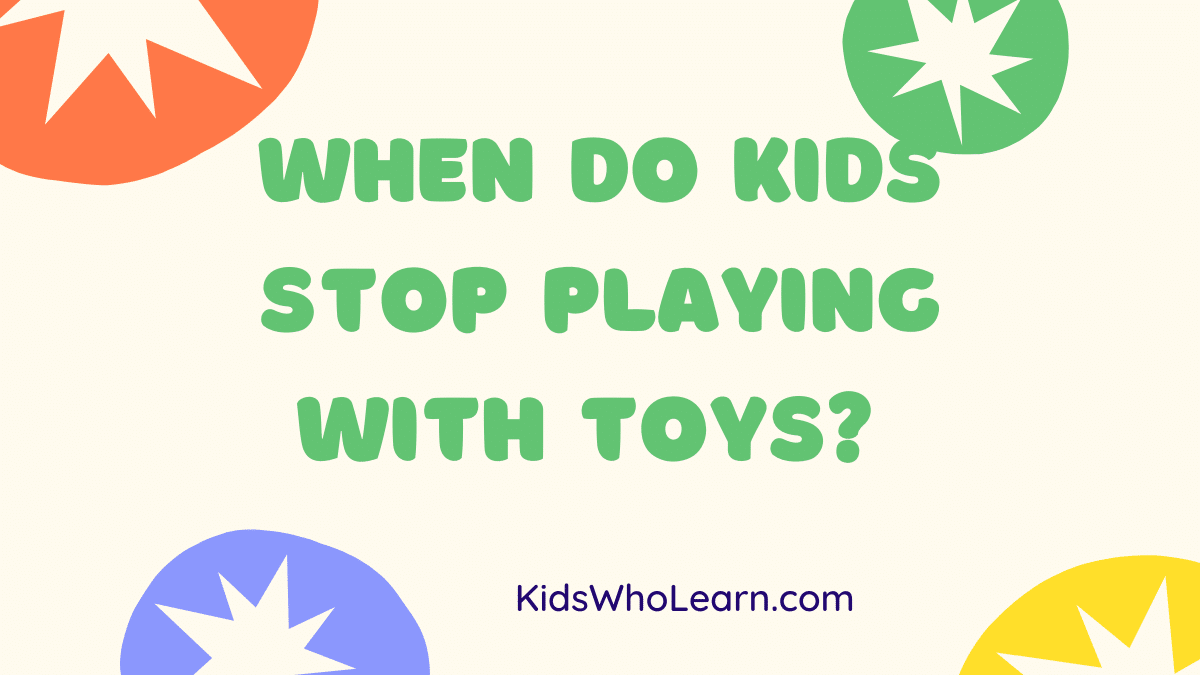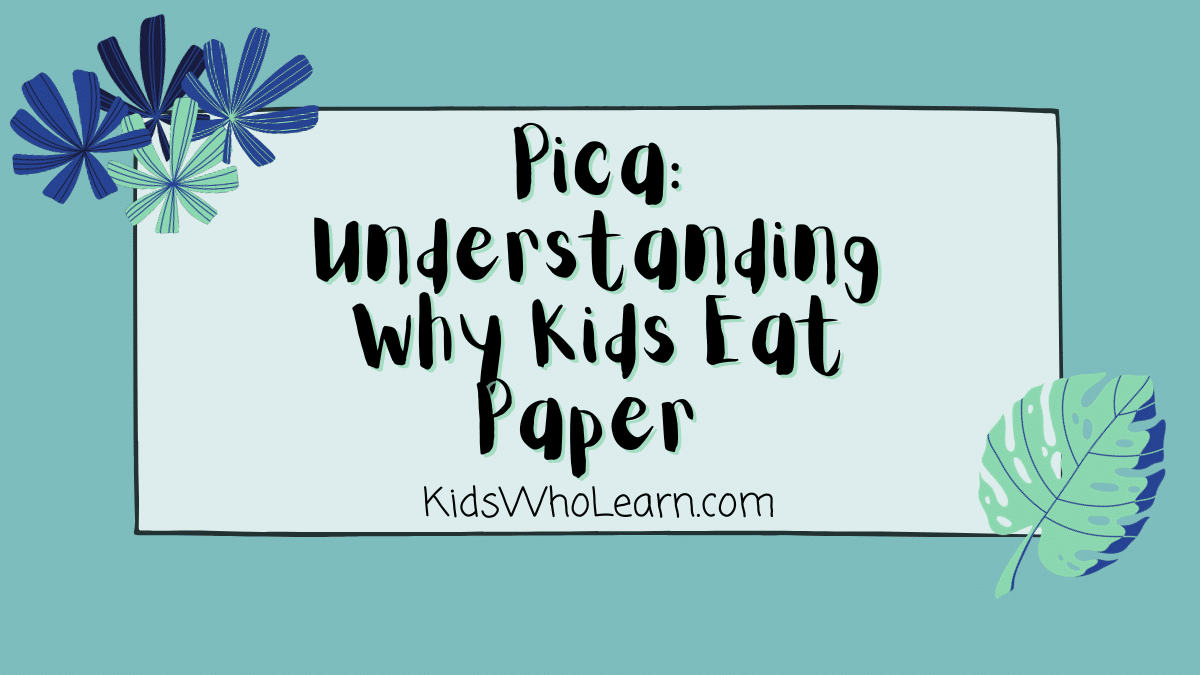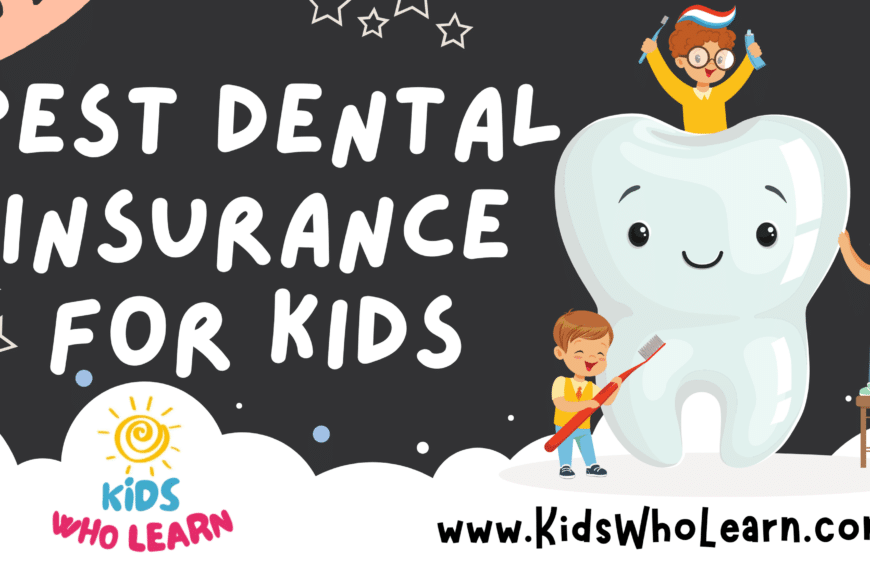As a parent, you may have noticed that your child’s interest in toys has changed over time. Toys that were once their favorites may now be collecting dust in the corner of their room. You may be wondering when your child will stop playing with toys altogether. The truth is, there is no one-size-fits-all answer to this question.
Understanding Child Development
Child development plays a significant role in when children stop playing with toys. As children grow and mature, their interests and abilities change. Infants and toddlers may enjoy toys that stimulate their senses, such as rattles and soft toys. Preschoolers may prefer toys that encourage imaginative play, such as dolls, action figures, and dress-up clothes. School-aged children may gravitate towards toys that challenge their cognitive and physical abilities, such as puzzles, board games, and sports equipment.
Age and Toy Preferences
Age is another factor that influences when children stop playing with toys. As children get older, they may become more interested in activities such as sports, music, and socializing with friends. However, this does not mean that they will stop playing with toys altogether. Many children continue to enjoy playing with toys well into their teenage years and beyond.
Key Takeaways
- Child development and age are key factors in determining when children stop playing with toys.
- Factors such as socialization and changing interests can influence a child’s toy preferences.
- Playing with toys can have numerous benefits for children, including developing creativity, problem-solving skills, and social skills.
Understanding Child Development
As a parent, it’s important to understand the stages of child development in order to provide your child with appropriate toys and activities that will help them grow and learn. Here are two key areas of child development to keep in mind:
Stages of Play
Children go through different stages of play as they grow and develop. These stages are:
- Exploratory Play: This stage begins in infancy and lasts until around 18 months. During this stage, children explore their environment through their senses and simple actions like shaking, banging, and mouthing objects.
- Symbolic Play: This stage begins around 18 months and lasts until around age 4. During this stage, children engage in pretend play, using objects to represent other things and acting out scenarios.
- Constructive Play: This stage begins around age 4 and lasts until around age 7. During this stage, children begin to build and create things with blocks, Legos, and other materials.
- Games with Rules: This stage begins around age 7 and lasts into adolescence. During this stage, children begin to play games with rules, such as board games, card games, and team sports.
Cognitive Development
Cognitive development refers to the way children learn, think, and process information. Here are some key milestones to keep in mind:
- Sensorimotor Stage: This stage lasts from birth to around age 2. During this stage, children learn about the world through their senses and actions.
- Preoperational Stage: This stage lasts from around age 2 to age 7. During this stage, children begin to use language and symbols to represent objects and ideas.
- Concrete Operational Stage: This stage lasts from around age 7 to age 11. During this stage, children begin to think logically and understand cause and effect.
- Formal Operational Stage: This stage lasts from around age 11 to adulthood. During this stage, children begin to think abstractly and engage in hypothetical reasoning.
By understanding these stages of play and cognitive development, you can choose toys and activities that will help your child learn and grow in age-appropriate ways.
Age and Toy Preferences
When it comes to children and their toys, age plays a significant role in determining their preferences. As children grow up, their interests and abilities change, and so do their toy choices. In this section, we will explore how age affects toy preferences in children.
Infants and Toddlers
Infants and toddlers are fascinated by toys that stimulate their senses. Toys with bright colors, different textures, and sounds are popular among this age group. Examples of such toys include:
- Rattles
- Teething toys
- Musical toys
- Soft toys with different textures
As infants and toddlers grow and develop, they become more interested in toys that promote gross and fine motor skills. Toys such as push and pull toys, stacking blocks, and shape sorters are great for this age group.
Preschoolers
Preschoolers are more interested in toys that allow them to explore and create. They enjoy toys that promote imaginative play, such as dolls, action figures, and playsets. They also enjoy toys that allow them to be creative, such as art supplies, building blocks, and puzzles.
At this age, children are also developing their social skills and enjoy playing with others. Toys that promote social interaction, such as board games and group activities, are popular among preschoolers.
School-Age Children
School-age children are interested in toys that challenge them mentally and physically. They enjoy toys that require problem-solving skills, such as science kits, building sets, and strategy games. They also enjoy toys that promote physical activity, such as bikes, scooters, and sports equipment.
At this age, children are also developing their independence and enjoy toys that allow them to explore and experiment on their own. Examples of such toys include science kits, model building sets, and craft supplies.
Teens
As children enter their teenage years, their interests and toy preferences change significantly. They become more interested in technology and gadgets, such as smartphones, tablets, and gaming consoles. They also enjoy toys that allow them to express themselves creatively, such as musical instruments and art supplies.
At this age, children are also developing their identity and enjoy toys that reflect their interests and personality. Examples of such toys include sports equipment, fashion accessories, and collectibles.
Overall, age plays a significant role in determining a child’s toy preferences. By understanding these preferences, parents and caregivers can provide children with toys that are both enjoyable and developmentally appropriate.
Factors Influencing Playtime
When it comes to children and their playtime, there are several factors that can influence how long they continue to play with toys. Here are some of the key factors that can impact playtime:
Societal Influence
Societal norms and expectations can play a role in how long children continue to play with toys. For example, some cultures may place a higher value on academic achievement and discourage playtime, while others may prioritize play as an important part of childhood development. Additionally, media and advertising can also impact children’s desire to continue playing with certain toys, as they may be influenced by what they see on TV or in magazines.
Educational Factors
Educational factors can also play a role in how long children continue to play with toys. For example, if a child is struggling with a particular subject in school, they may be less likely to spend time playing with toys and more likely to focus on their studies. Alternatively, if a child is excelling in school, they may have more free time to play with toys.
Family Influence
Family dynamics and values can also impact how long children continue to play with toys. For example, if a family places a high value on outdoor activities and sports, a child may be less likely to spend time playing with toys indoors. Additionally, if a family has limited financial resources, a child may have fewer toys to play with and may be more likely to grow out of them at a younger age.
Overall, there are many factors that can impact how long children continue to play with toys. By understanding these factors, parents and caregivers can help encourage children to continue playing with toys and engaging in imaginative play for as long as possible.
The Transition from Toys
As your child grows up, their interests and preferences will change. This includes their toys. While they may have once loved playing with dolls or action figures, they may eventually lose interest in these types of toys. Here are a few common transitions that children make as they move away from playing with toys.
Shift to Digital Entertainment
One of the biggest changes in recent years has been the rise of digital entertainment. Many children are now spending more time playing video games, watching YouTube videos, and using apps on their smartphones and tablets. While this can be a fun and engaging way to spend time, it can also mean that traditional toys are left behind.
If your child is showing more interest in digital entertainment, it may be time to consider setting some limits on screen time. Encourage them to find a balance between playing games and exploring other hobbies and interests.
Interest in Hobbies and Sports
As children get older, they may start to develop new interests and hobbies. This could include sports, music, art, or other activities that require more time and focus. While they may still enjoy playing with toys from time to time, they may not be as interested in them as they once were.
Encourage your child to explore their interests and find new hobbies that they enjoy. This can help them to develop new skills and talents, and may even lead to new friendships and social opportunities.
Remember, every child is different, and there is no set age when kids stop playing with toys. Some children may continue to enjoy playing with toys well into their teenage years, while others may lose interest at a younger age. The most important thing is to support your child as they grow and develop, and to encourage them to explore new interests and hobbies along the way.
Benefits of Continued Play
As your child grows, you may wonder when they will stop playing with toys. However, there are many benefits to continued play that can help your child develop and grow.
Encourages Imagination and Creativity
Playing with toys allows your child to use their imagination and be creative. They can create their own stories and scenarios, which can help with problem-solving skills and critical thinking. Encouraging your child to continue playing with toys can help them develop a strong imagination and creativity.
Develops Social Skills
Playing with toys can also help your child develop social skills. They can learn how to share, take turns, and communicate with others while playing with friends or siblings. This can help them build friendships and develop important social skills that will benefit them throughout their lives.
Enhances Cognitive Development
Toys can also help enhance your child’s cognitive development. Playing with puzzles, building blocks, and other educational toys can help with hand-eye coordination, spatial awareness, and other cognitive skills. These skills can help your child excel in school and in other areas of their life.
Provides Emotional Support
Playing with toys can also provide emotional support for your child. They can use toys to express their emotions and work through difficult situations. This can help them develop emotional intelligence and coping skills that will benefit them throughout their lives.
Overall, there are many benefits to continued play with toys. Encouraging your child to continue playing with toys can help them develop important skills and abilities that will benefit them throughout their lives.
Conclusion
In this article, you have learned about the different factors that can affect when kids stop playing with toys. From age to interests to social pressures, there are many reasons why children may lose interest in their toys as they grow older. However, it’s important to remember that every child is different, and there is no one-size-fits-all answer to this question.
As a parent or caregiver, it’s important to pay attention to your child’s interests and needs. If you notice that they are losing interest in their toys, try to find new ways to engage them. This could mean introducing new types of toys or activities, or simply spending more quality time together.
Remember, playing with toys is an important part of childhood development, and it’s okay if your child continues to enjoy playing with them well into their teenage years. The most important thing is to support your child’s interests and encourage them to explore new hobbies and activities as they grow and develop.
Overall, the key is to be patient and understanding. Children go through many phases as they grow up, and it’s important to support them through each one. Whether your child is playing with toys or exploring new interests, the most important thing is to be there for them and help them navigate the challenges and opportunities of growing up.
Frequently Asked Questions
At what age do children typically stop playing with toys?
Children stop playing with toys at different ages. Some children may lose interest in toys as early as 5 or 6 years old, while others may continue to play with toys into their teenage years. It’s important to remember that every child is different and will have their own unique timeline for when they stop playing with toys.
Is it normal for older children to still play with toys?
Yes, it is normal for older children to still play with toys. Many children continue to enjoy playing with toys well into their teenage years. It’s important to remember that there is no “right” or “wrong” age to stop playing with toys.
What factors influence when children stop playing with toys?
Several factors can influence when children stop playing with toys. These can include their interests, hobbies, social groups, and developmental milestones. Children may also stop playing with toys if they feel like they are too old for them or if they become more interested in other activities.
Do boys and girls stop playing with toys at different ages?
There is no evidence to suggest that boys and girls stop playing with toys at different ages. Both boys and girls may continue to play with toys well into their teenage years. It’s important to remember that every child is different and will have their own unique timeline for when they stop playing with toys.
What are some alternatives to playing with toys for older children?
There are many alternatives to playing with toys for older children. Some examples include sports, music, art, reading, and volunteering. Encouraging your child to try new activities can help them find new interests and hobbies.
How can parents encourage older children to engage in non-toy related activities?
Parents can encourage older children to engage in non-toy related activities by providing opportunities for them to try new things. This can include signing them up for classes or clubs, taking them to events and activities, and providing them with the resources they need to pursue their interests. It’s important to support your child’s interests and encourage them to explore new activities.






